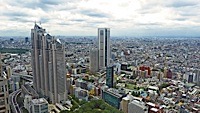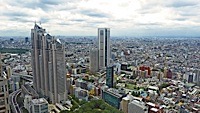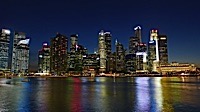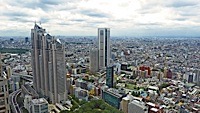
Possibly you're questioning the term "Big Data" and wonder what it represents, so let's start small. You can find definitions through a Google search of course, but I happen to appreciate this Quora submission by David Vellante that states:
"...data that is too large to process and manage using conventional database management technologies. Big data has numerous attributes in addition to its large size, including it is typically unstructured and often dispersed."
With the emergence of web 3.0 - chip enabled every "thing" - the data we humans are set to collect will dwarf the amazing amount of data we already collect. There are industries that are interested in this data and I think they innately make sense.




















